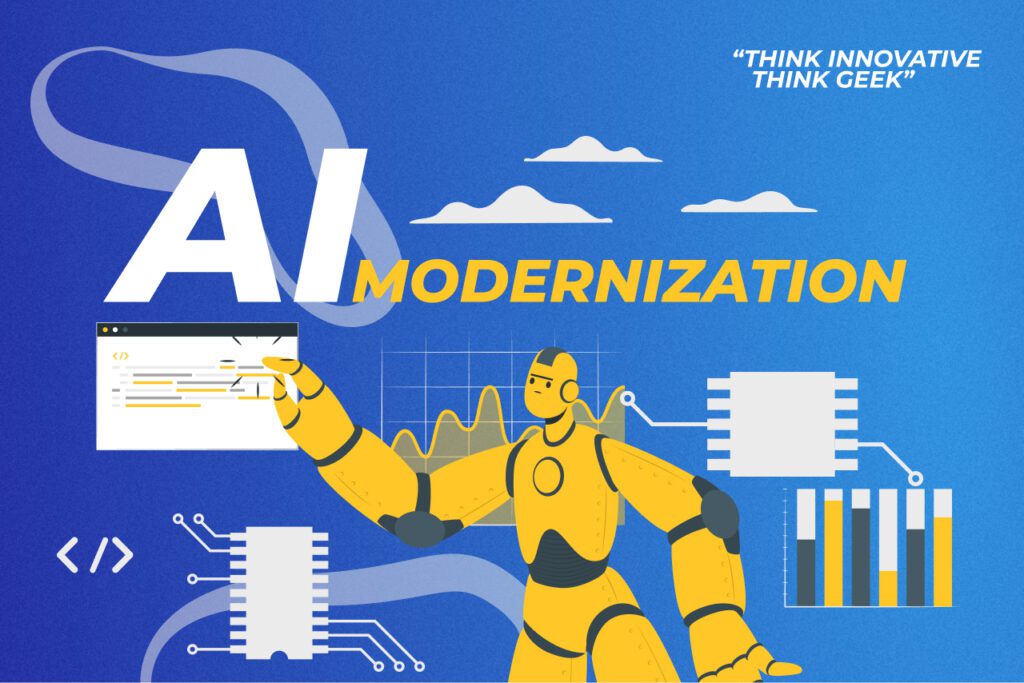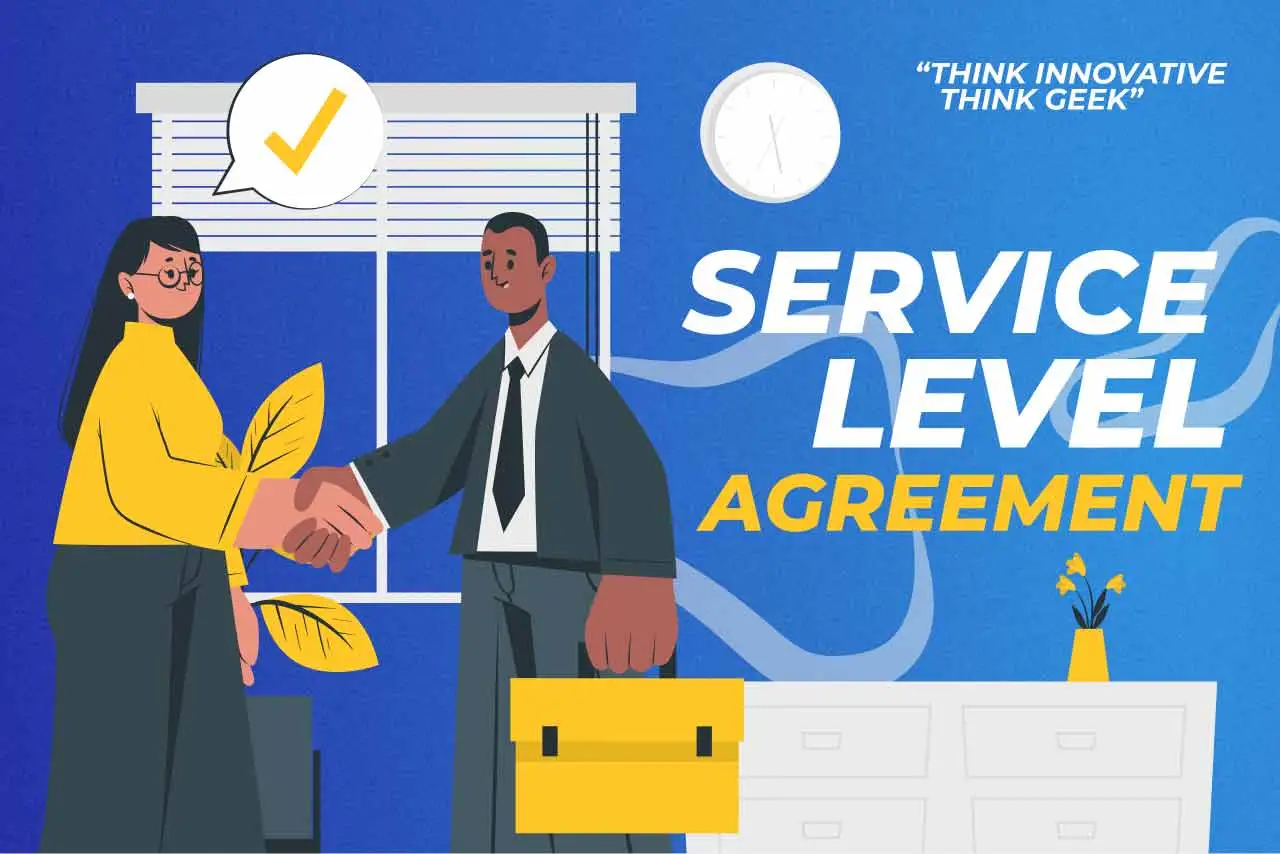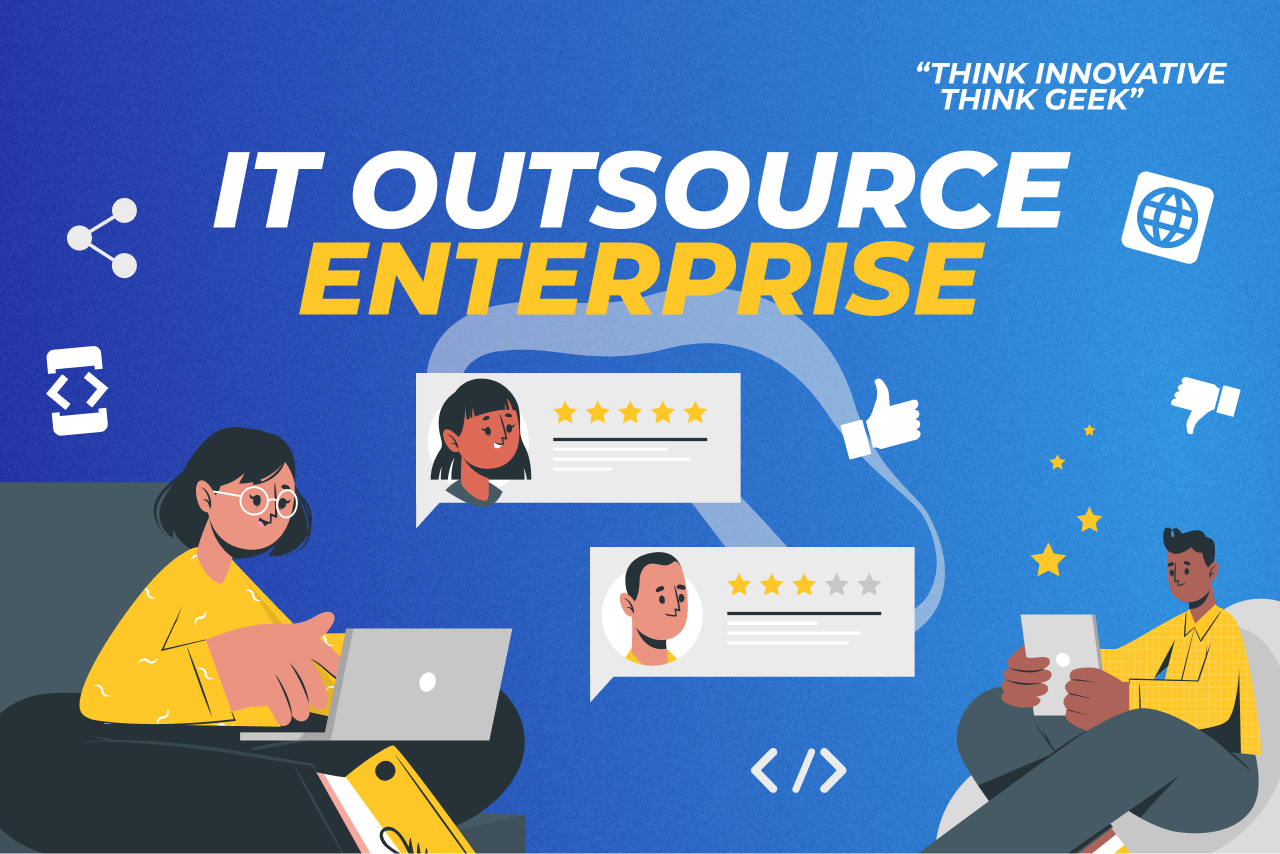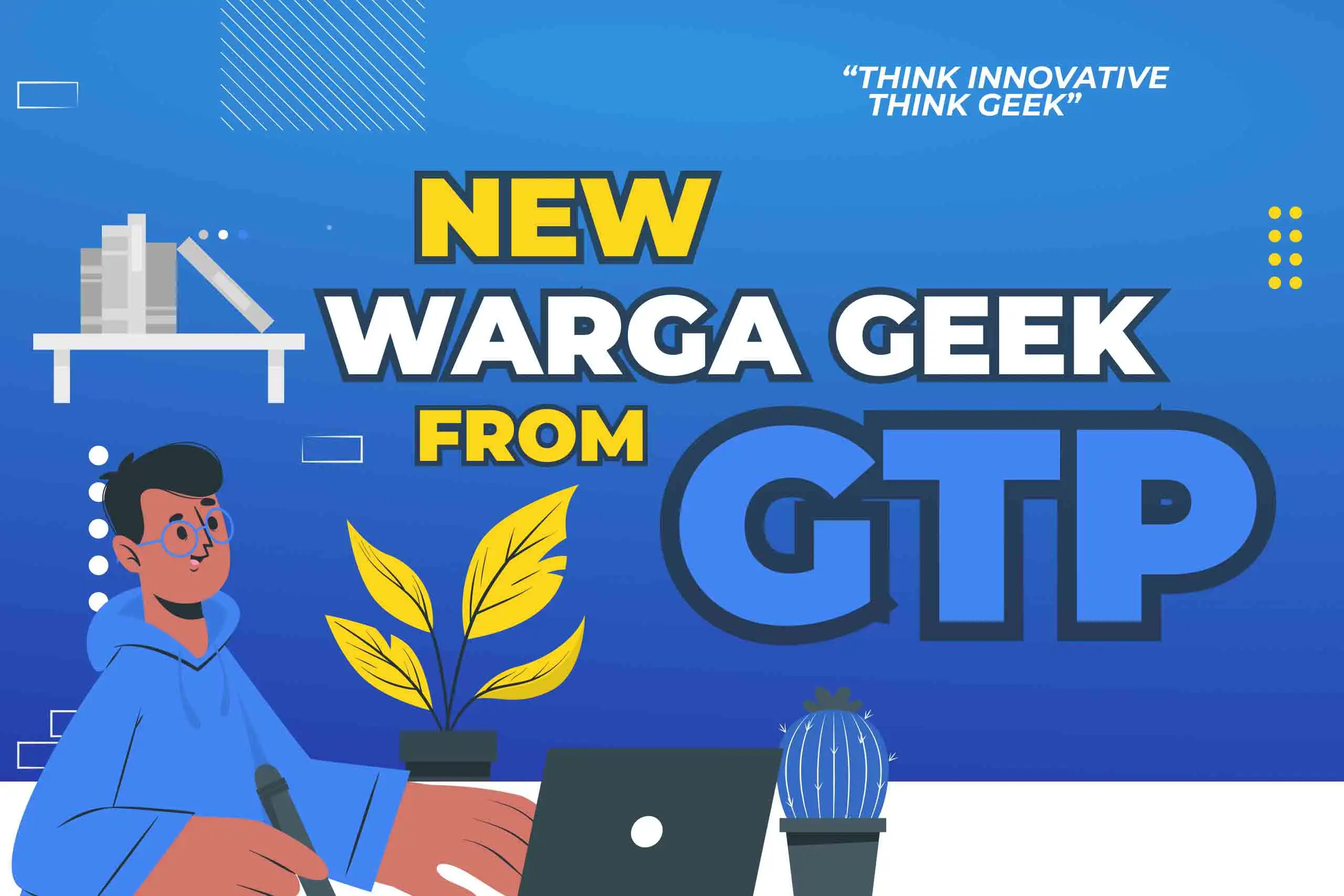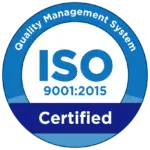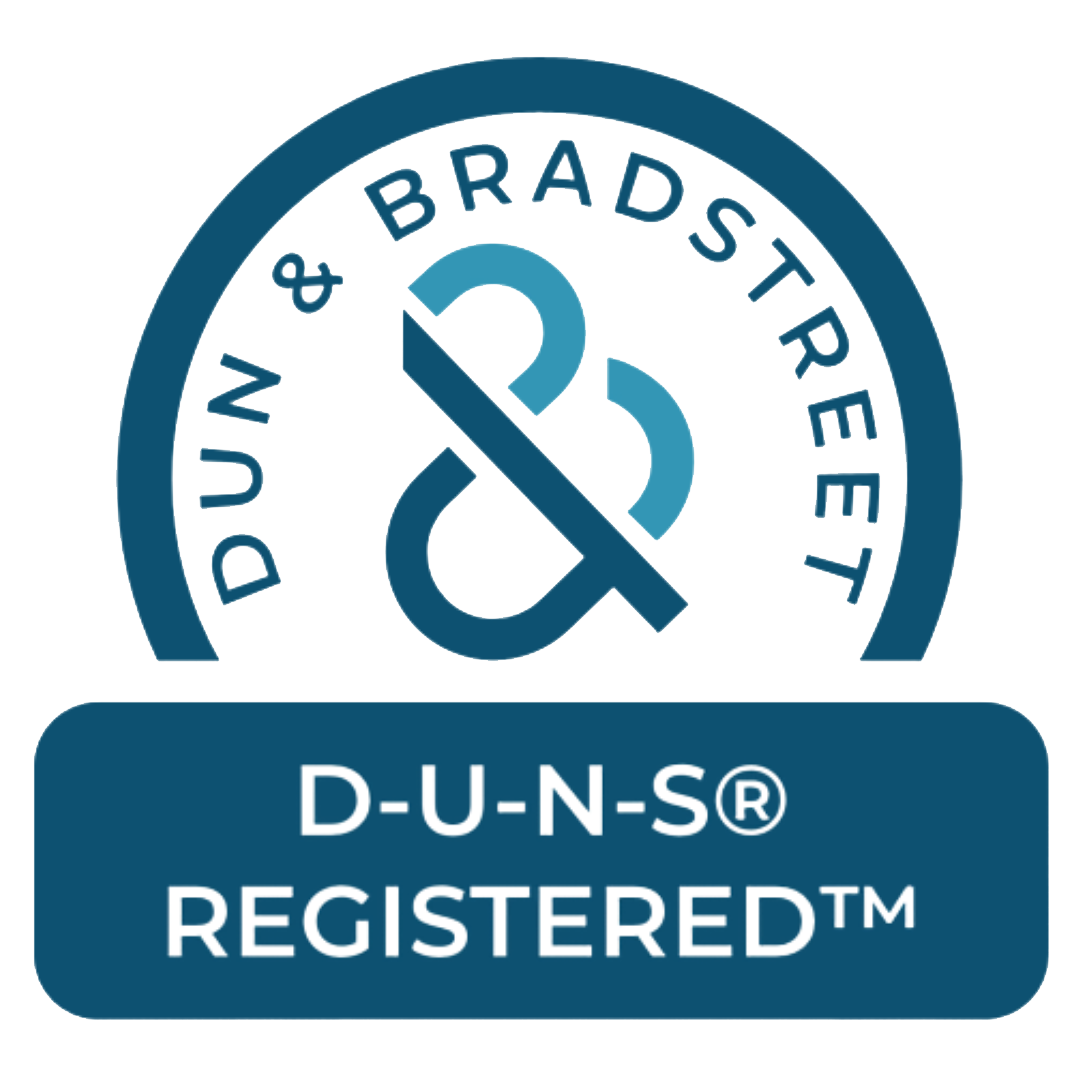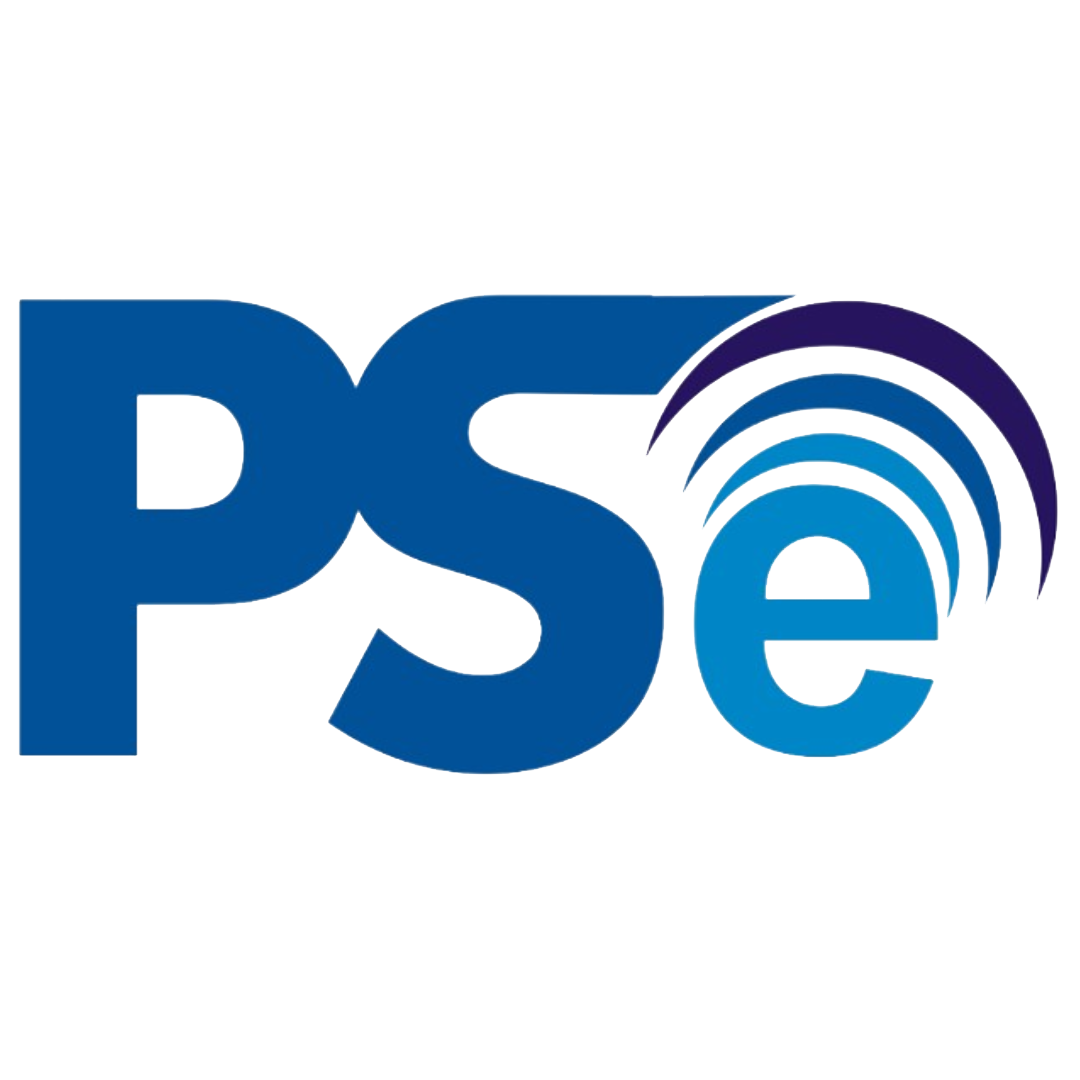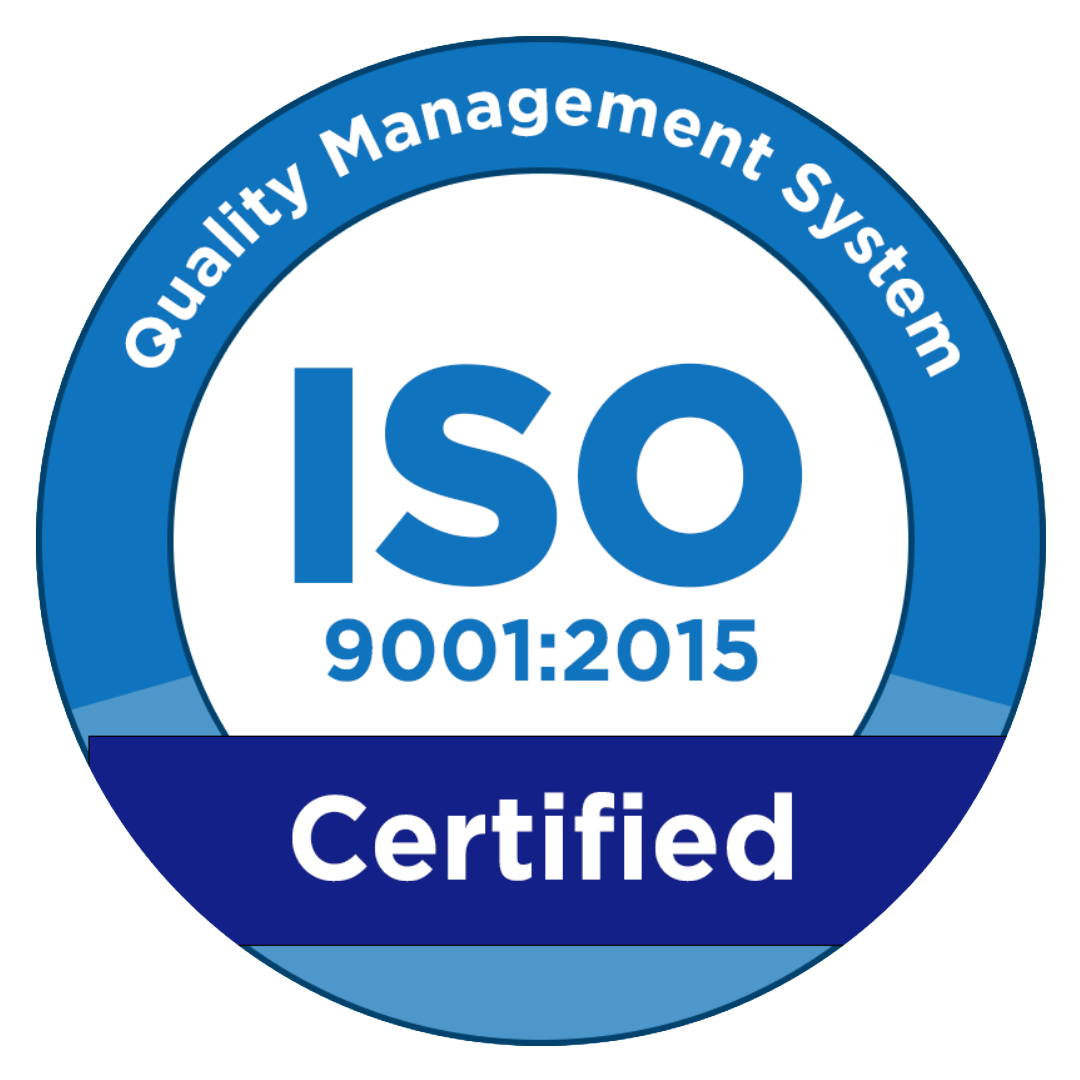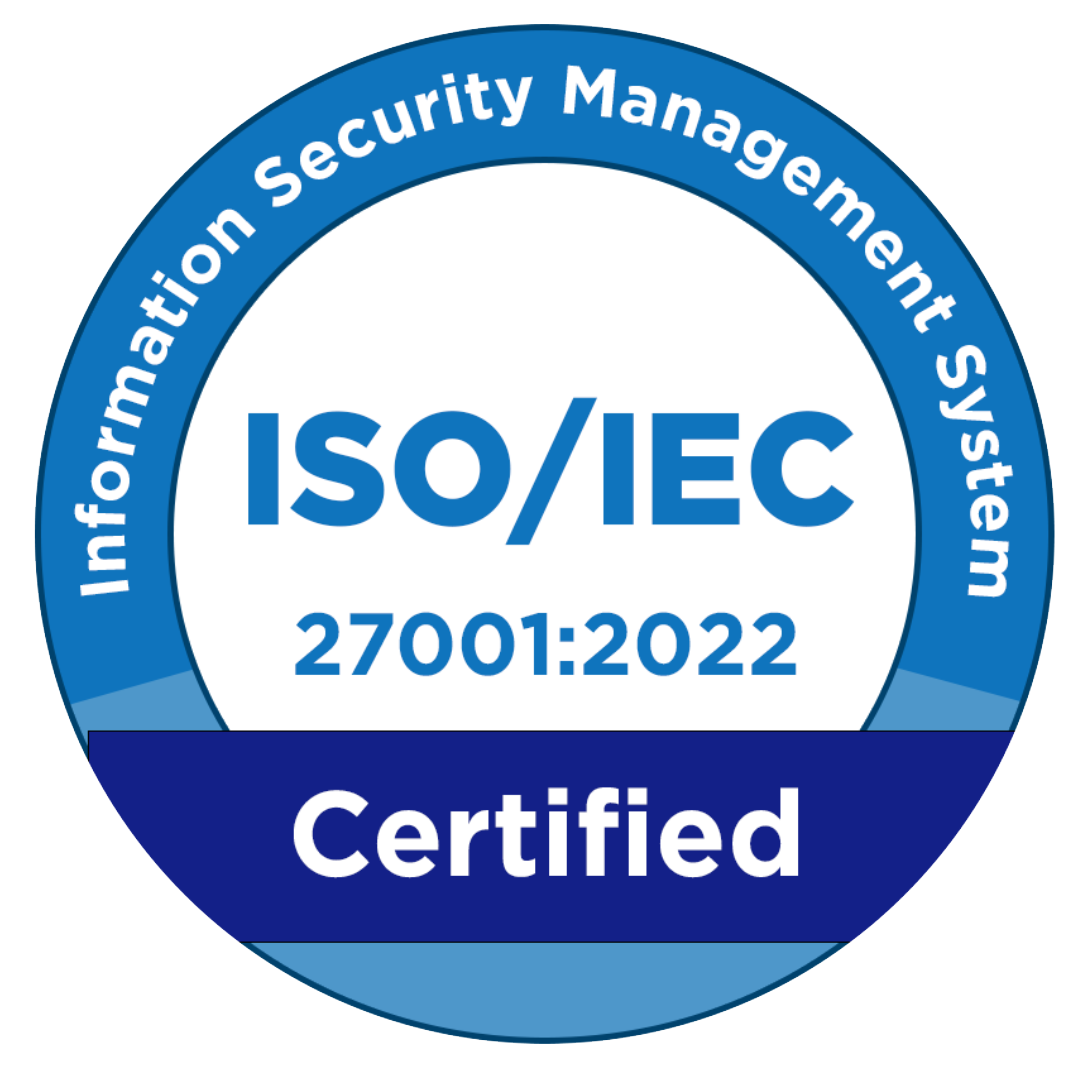In this era of digital transformation, AI modernization can transform legacy systems into more efficient, agile, and cost-effective solutions. In this article, you’ll learn about key benefits such as improved operational efficiency, error reduction, and faster time-to-market through the integration of microservices and CI/CD pipelines for AI models.
On the other hand, AI modernization also faces several challenges, such as integration complexity and skills gaps. These challenges require a strategic approach to change management.
What is AI Modernization?
AI modernization is the process of transforming legacy systems and applications by integrating artificial intelligence technologies to enhance operational capabilities and business scalability.
This process involves re-engineering old architectures and applications to operate within modern architectures such as cloud-native environments, microservices, and API-driven systems.
Through AI modernization, organizations can leverage machine learning and generative AI models to automate manual tasks, accelerate code development, and improve user experience.
Key Benefits of AI Modernization
Below are the main benefits of AI modernization technology:
1. Connected Business System Integration
AI modernization simplifies integration with third-party systems through APIs and microservices, ensuring smooth and uninterrupted data flow.
2. Operational Efficiency
Process automation using AI and RPA can reduce time and effort by up to 50%. This allows staff to focus on their core tasks.
3. Error Minimization and Agility Improvement
Generative AI can automatically detect and fix code anomalies, reducing error rates by up to 60% and accelerating responsiveness to changing business needs.
4. Competitive Advantage Through Generative AI
Leveraging generative AI in legacy applications provides predictive insights and real-time adaptability, enabling faster product innovation.
Challenges and Risks of AI Modernization
Implementing artificial intelligence technology often comes with challenges and risks. So, what are the key challenges of AI modernization?
1. Data Silos and Data Quality
Legacy systems often store data in isolated repositories, hindering integrated analytics and reducing AI model accuracy.
2. Integration Complexity
Merging AI layers with legacy monoliths and microservices requires mature automation pipeline orchestration to avoid downtime and regression.
3. Change Management and Skill Gaps
IT and business teams must adapt to new roles, such as MLOps Engineers and AI Architects, while implementing AI governance frameworks to ensure compliance and quality.
Supporting Architecture and Technologies
AI modernization involves various supporting technologies and architectures, including:
- AI Layer – Built on top of mainframes or monoliths, using LLMs (Large Language Models) for code and data analysis.
- Microservices & API Gateway – Serve as bridges for incremental modernization, enabling per-component deployment without disrupting core systems.
- Platforms & Tools – ML platforms, RPA tools, and containerization to run AI models and automated CI/CD workflows.
Implementation Steps of AI Modernization
If you want to implement AI modernization in your business, here are the main steps to follow:
- Audit & Roadmap – Audit legacy applications and data estates; identify high-value use cases for pilot projects.
- Model Development – Build and refine AI models to meet specific business needs.
- System Integration – Integrate AI systems with existing platforms to ensure smooth operations.
- Dashboard & Insight – Develop intelligent analytics dashboards to deliver actionable insights.
- Scalability Support – Ensure scalability and MLOps support for growth and sustainable maintenance.
Best Practices for AI Modernization Implementation
Of course, when implementing advanced technology, several factors must be considered to ensure successful strategy and execution. Here are some best practices for AI modernization:
- Agile & DevOps Integration – Fast iteration through short sprints with continuous integration and delivery to minimize release risks.
- Data Governance & MLOps – Standardize data and model pipelines with versioning, lineage tracking, and audit trails for high trust.
- Partner Selection Criteria – Choose vendors with a proven track record, industry compliance, and custom AI capabilities, such as GeekGarden, which can manage legacy system risks and ROI with a sustainable strategy.
Enhance Your Legacy System’s Efficiency and Agility with GeekGarden!
That’s a comprehensive overview of AI modernization, including its benefits, challenges, and best practices. Modernizing with AI is not merely a technology migration, it’s a transformation of IT operational strategy that brings efficiency, speed, and continuous innovation.
Start with a thorough audit, pilot key use cases, then scale up with CI/CD pipelines and strict governance. Choose the right partner to minimize risks and maximize business value.

Boost your business efficiency with AI modernization and custom AI solutions to drive your digital transformation. Schedule a free consultation with GeekGarden today!
Author: Sari Dewi (Content Writer)



